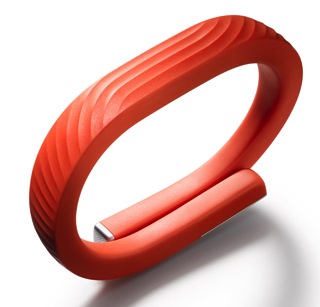 Fifteen percent of consumers who know the term "wearable" are also wearing one, according to Nielsen's Connected Life Report, which surveyed 3,956 respondents last November. Those who were surveyed are either users of "connected life technologies" or interested in them.
Fifteen percent of consumers who know the term "wearable" are also wearing one, according to Nielsen's Connected Life Report, which surveyed 3,956 respondents last November. Those who were surveyed are either users of "connected life technologies" or interested in them.
Of those who owned a device, 61 percent owned fitness wristbands, which were distinct from people who owned smartwatches, 45 percent. And in a broader undefined "mobile health device" category, 17 percent of people owned a device.
"What motivates consumers to purchase wearable tech depends largely on the type of device and the benefits each offers for their everyday lives," Nielsen's researchers wrote in a summary of the report's findings.
Thirty five percent of smartwatch owners said they bought a smartwatch because they had a "smartphone addiction" and 57 percent of fitness band owners said they bought the band because were concerned about and wanted to monitor their health.
Functionality and comfort were almost equally valued by smartwatch respondents -- 81 percent prioritized functionality and 79 percent of consumers prioritized comfort. Wristworn fitness band owners rank accuracy of the device as most important at 70 percent and battery life at 64 percent.
Nielsen believes for the masses to adopt these devices, costs need to go down -- 72 percent of respondents wanted wearables to cost less and 62 percent wanted wearables to take on different forms (beyond the wrist). Another 53 percent wanted wearables to look like jewelry.
Forty-eight percent of those surveyed were between the ages of 18 and 34 and 75 percent of those surveyed considered themselves early adopters of technology. The other option for this question was to consider yourself mainstream. Around 29 percent of respondents had an income of $100,000 or more, which Nielsen categorized as a disposable income.

















